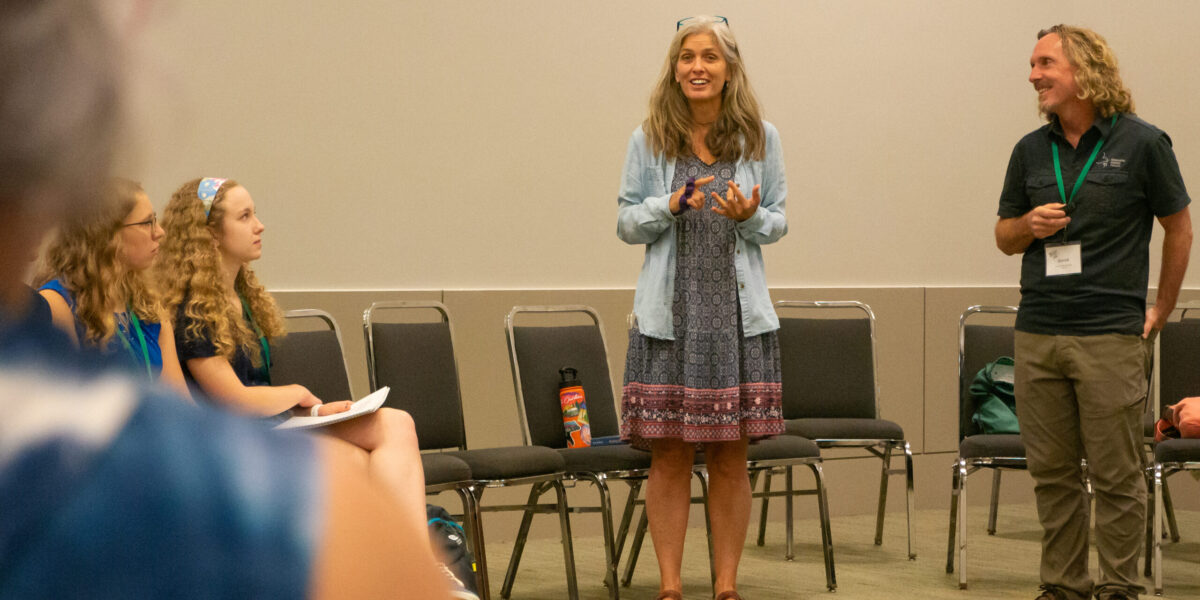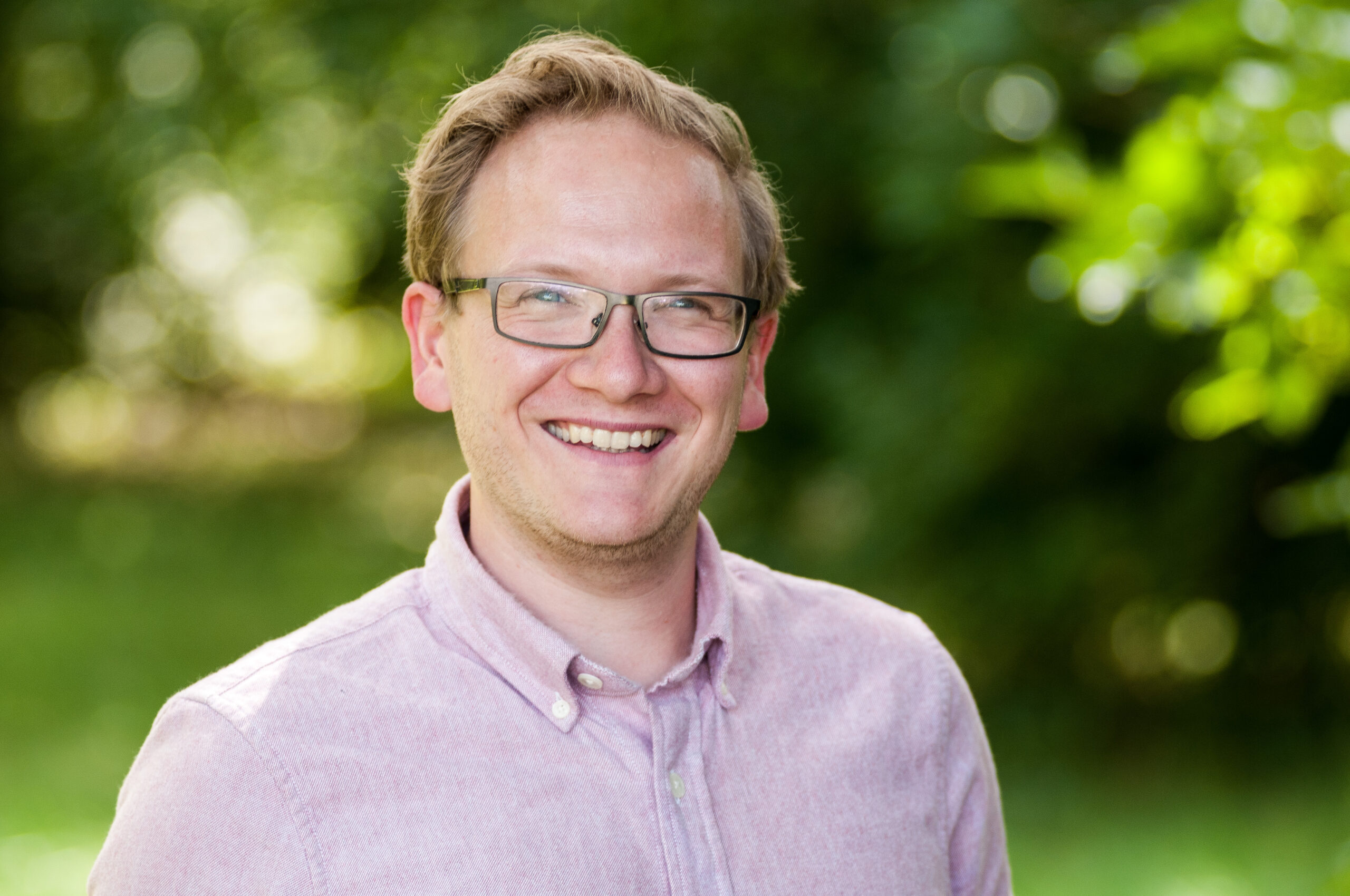CINCINATTI, Ohio (Mennonite Mission Network) – One of the first pieces of knowledge that Jane and Jerrell Ross Richer presented in their seminar, ‘Two-Way Mission’ came courtesy of the World Bank. While indigenous people occupy roughly a quarter of the land on earth, they protect 80% of the planet’s biodiversity.
The Cofán people, an indigenous group living in Ecuador, protect the one million acres of dense rain forest they own through a 15-foot property line of cleared brush around the entire area, as well as strict rules barring the export of timber and plant and animal goods.
These rules extend to outsiders, as well. The Ross Richers, who have lived and worked with the Cofán for the last seven years as mission workers with Mennonite Mission Network, are officially referred to as "visitors." For half a given year, Jane, Jerrell and their family work with indigenous church leaders as well as children, youth and families in the Ecuadorian rain forest, and work the other half of the year as educators in the U.S.
Despite the isolation of the Cofán, the Ross Richers explained, their culture has begun to shift. While the Cofán have been hunter-gatherers for thousands of years, they now use plastic fishing nets instead of traditional woven versions. Shotguns have replaced blowguns for hunting. Gas-powered boats are now the preferred method of travel along waterways instead of paddle canoes.
"It’s not as if as missionaries we’re going into a community that has never seen the outside before," said Jerrell. "We’re working with a culture that some have called ‘thinly westernized.’"
In the midst of these changes, Jerrell described a central question to their ministry: "How do we go in and share the good news without conquering the people socially, with our goods, with our stuff, with our materialism?"
To answer that, the Ross Richers needed a whiteboard and a marker.
While the covid pandemic made travel impossible for the family last year, Jane and Jerrell took the opportunity to take online classes through the North American Institute for Indigenous Theological Studies (NAIITS), based in Canada. The whiteboard, they explained, was to sketch out an illustration presented to them by one of their professors, Damian Costello.
To begin, Jane sketched out a cross in the top middle of the board. A representation of Jesus and his teachings. At the bottom left, a car. This, Jane explained, was a symbol of western ideology. Getting from one place to another. An identity based on doing actions. On the bottom right of the board, a medicine wheel. The medicine wheel, a circle split into four equal quarters, represented a common indigenous ideology of balance. An identity based on being in harmony with the people and world around you.
"We often ask is it okay to take Christian missions to [indigenous people] and change this," said Jane, pointing to the medicine wheel. Instead, she explained, there are so many existing elements to the cultures of indigenous people that are a natural pairing to the teachings of Jesus, who lived in a time that mirrors indigenous society much closer than western culture.
"When you really start to look at who Jesus was and what he talked about, it goes a lot better with what’s already there [in indigenous cultures]," said Jane. "And so it’s been very fascinating for us as missionaries to think that we have something, but they’re teaching us way more about [Jesus] than we thought we needed to learn."
"We don’t want the Cofán to do church when Jane and I are there, and then when we leave [they] just wait until we come back and become dependent on us," said Jerrell. "We want to empower them to do their own thing in their own way."








